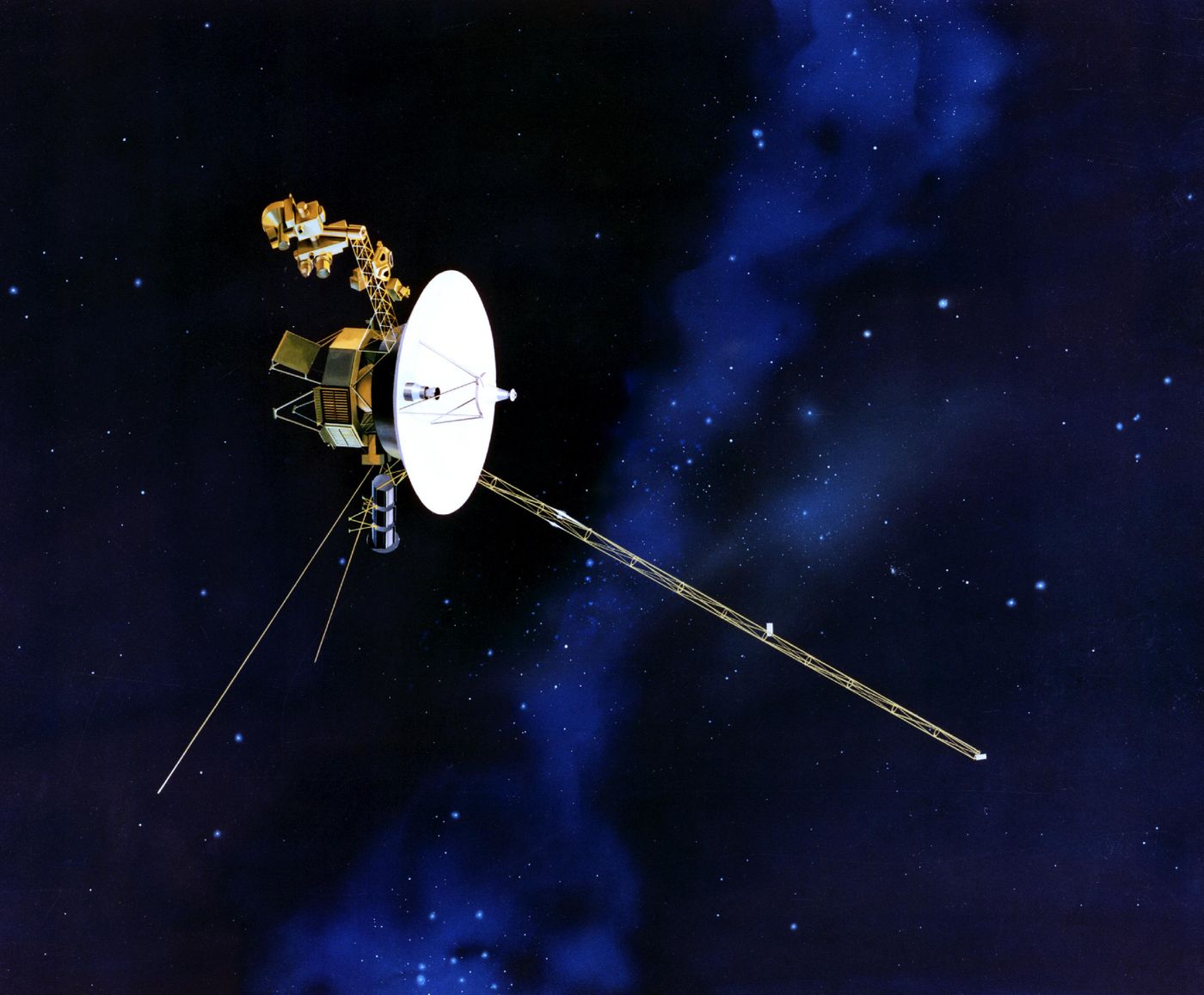NASA's Longest Mission: Voyager Reaches a Milestone of 45 Years in Space!
It has been 45 years since NASA’s twin Voyager probes launched into space, making them NASA’s longest operating mission. Voyager 2 launched on August 20, 1977 and Voyager 1 launched on September 5, 1977. Both probes traveled past Jupiter and Saturn, which allowed scientists to learn much about our Solar System’s largest planets and their moons. Despite Voyager 1 launching at a later date than Voyager 2, it actually reached these planets first because it was moving much faster.
Voyager 2 became the first and only spacecraft to fly close to Uranus (1986) and Neptune (1988), taking about a decade to reach these further planets. During this time, Voyager 1 headed toward the boundary of the heliosphere – the protective bubble created by the Sun’s magnetic field and the solar wind (charged particles from the Sun), or the edge of our Solar System. Voyager 1 exited the heliosphere in 2012, where it discovered that the heliosphere blocks and protects us from 70% of cosmic rays – energetic particles created by exploding stars. Voyager 2 finally excited the heliosphere in 2018. These probes are the only spacecraft that have exited the heliosphere, making them the only spacecraft to explore interstellar space!
Since the probes were built in the 1970’s, the technology on board is extremely old and out of date, yet they are still providing extremely important information to scientists. Each probe carries an eight-track tape player for recording data. Additionally, they have about 3 million times less memory than the modern cellphone and transmit data at about 38,000 times slower than a 5G internet connection. Yet, they remain on the cutting edge of space exploration!
The probes also each carry a golden record. The records contain images of life on Earth, diagrams of basic scientific principles, and audio sounds including sounds from nature, greetings in multiple languages, and music. These gold-coated records serve as a sort of “message in a bottle” for any life which may encounter these space probes.
For more information about the Voyager spacecraft and their amazing journeys over the past few decades, visit: https://www.nasa.gov/voyager. Additionally, NASA has a Solar System Interactive that allows users to see where the Voyager spacecraft are at any given time, relative to the planets, the Sun, and other spacecraft. You can view it here: https://eyes.nasa.gov/apps/orrery/#/sc_voyager_1.
Source: Jet Propulsion Laboratory









